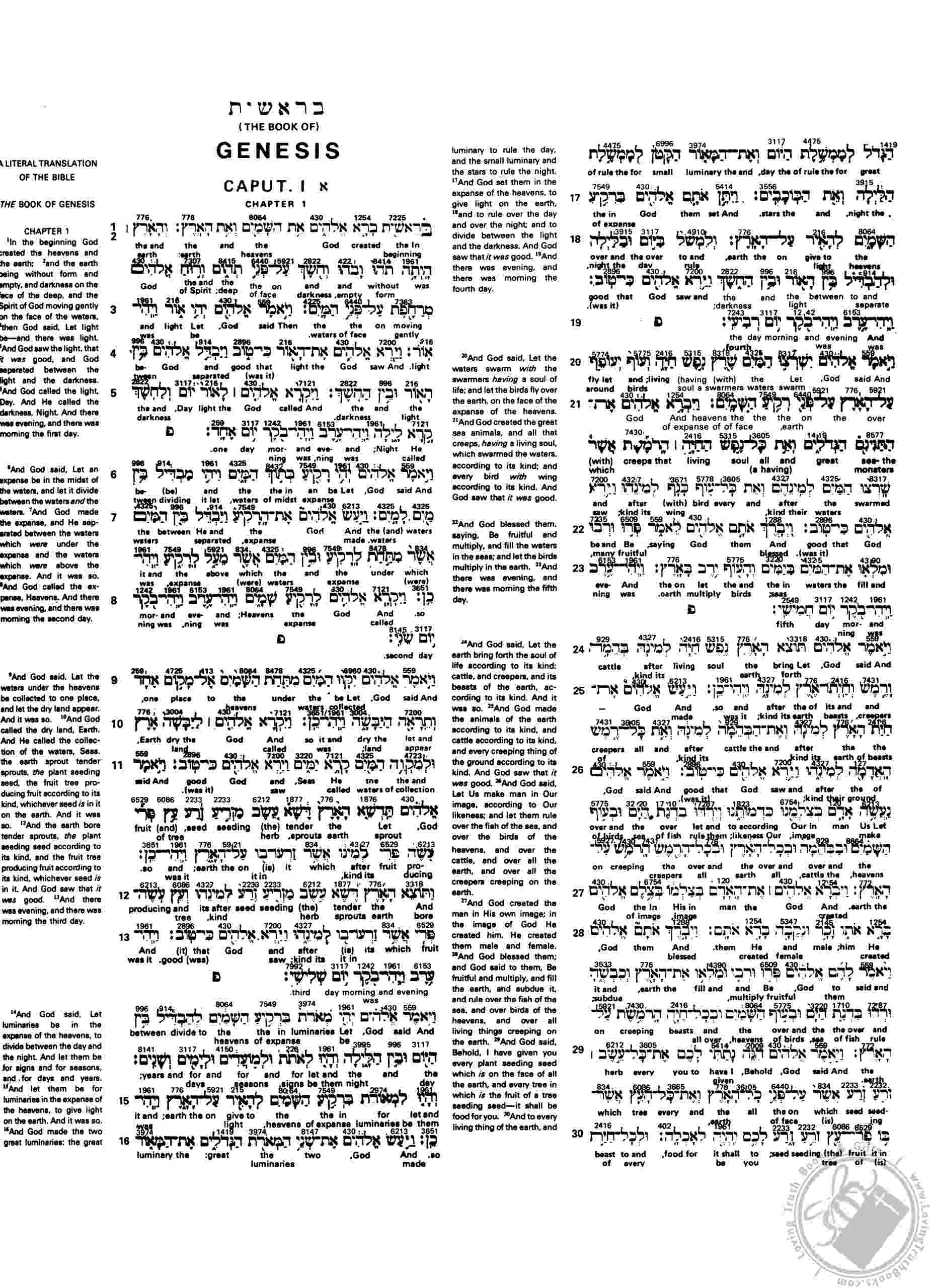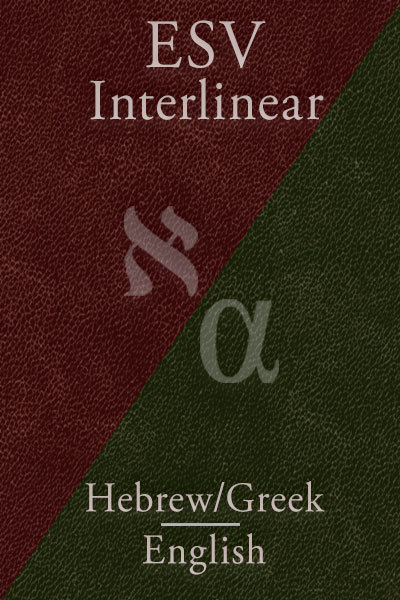

The sources of the texts are documented in the preface, and are essentially the same (with some minor variations) to the Hebrew and Greek texts used by the KJV translators. The Hebrew is based on the Masoretic Text and the Greek is from the Textus Receptus. Strong’s numbers enable even those with no prior knowledge of Greek or Hebrew to easily access a wealth of language reference works keyed to Strong’s-Greek/Hebrew dictionaries, analytical lexicons, concordances, word studies, and more. But what truly sets this resource apart are the Strong’s numbers printed directly above the Hebrew and Greek words.

Featuring the complete Hebrew and Greek texts with a direct English rendering below each word, it also includes The Literal Translation of the Bible in the outside column. In the final form of the book of Psalms, the Saviour in these psalms emerges as an eschatological figure of salvation who encompasses many hoped-for figures from across the Old Testament in one person, the one who will achieve full-scale deliverance for the people of God.The only complete interlinear Bible available in English-and it’s keyed to Strong’s Exhaustive Concordance! Thousands of pastors, students, and laypeople have found The Interlinear Bible to be a time-saving tool for researching the subtle nuances and layers of meaning within the original biblical languages. 12) in his responsive song of thanks (vv. 18.18), as he echoes the songs of the first (Exod. Canonical exegesis of Psalm 118 displays a suffering and conquering king who leads the victory procession from the battlefield, one whose role resonates with a prophetic figure like Moses (cf. Canonical exegesis of Psalm 110 displays a cosmic king at the right hand of Yhwh, who has a willing army at his disposal, who will mediate as priest between his people and Yhwh, and who will also accomplish a definitive victory for the people of God. Vaillancourt moves the discussion forward by broadening the question to the portrayal of the figure of salvation in Book V of the Psalms, and by narrowing the scope to detailed canonical exegesis on two of its most salient psalms. Although others have countered that Book V marks a return of the king, with references to David pointing to renewed hope in the Davidic covenant, in both cases scholars have interacted with the question as it was framed by Wilson. Many have agreed with Wilson in seeing a disjunction between Psalms 1–89 and 90–150, with Psalm 89 representing the apparent failure of the Davidic covenant, and signalling its replacement by a hope in the direct intervention of Yhwh without a role for a Davidic king. Wilson's landmark work, The Editing of the Hebrew Psalter (1985), scholars have been divided on how to interpret the appearances of the king in Book V (Psalms 107–150).


 0 kommentar(er)
0 kommentar(er)
